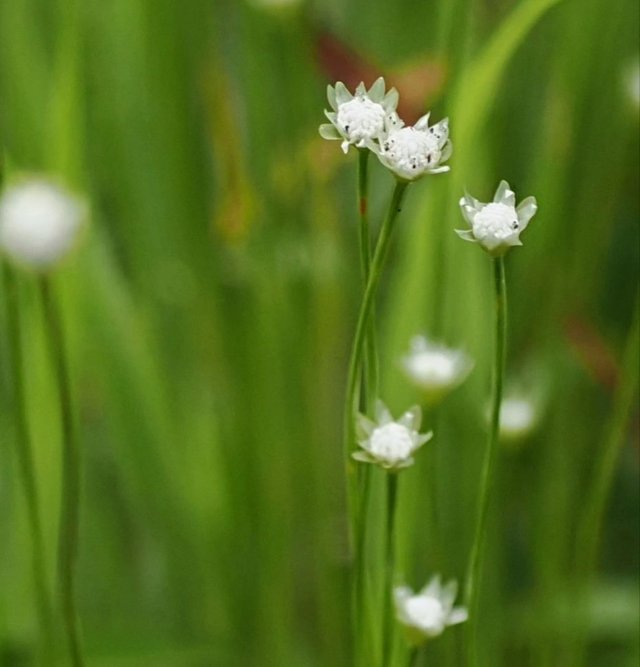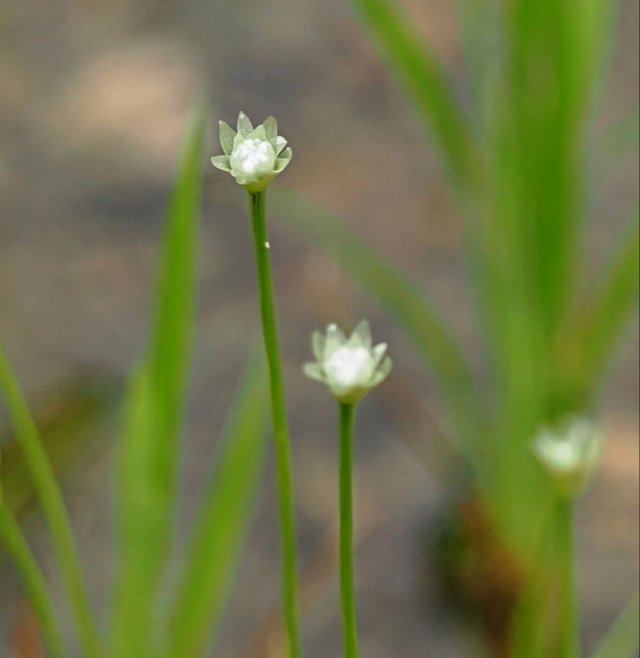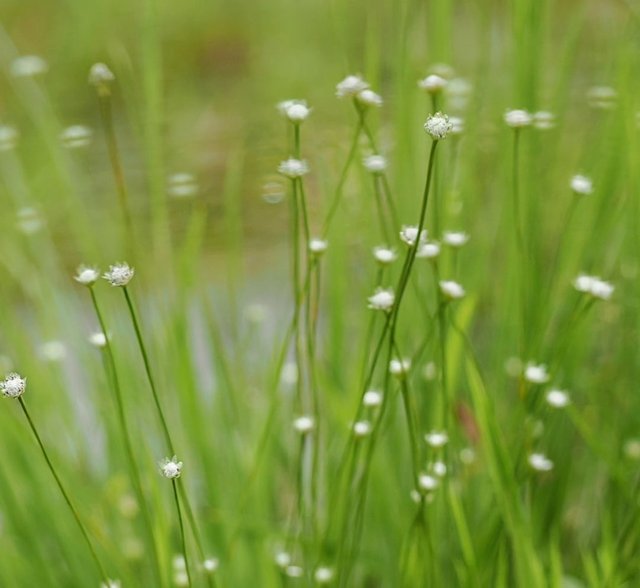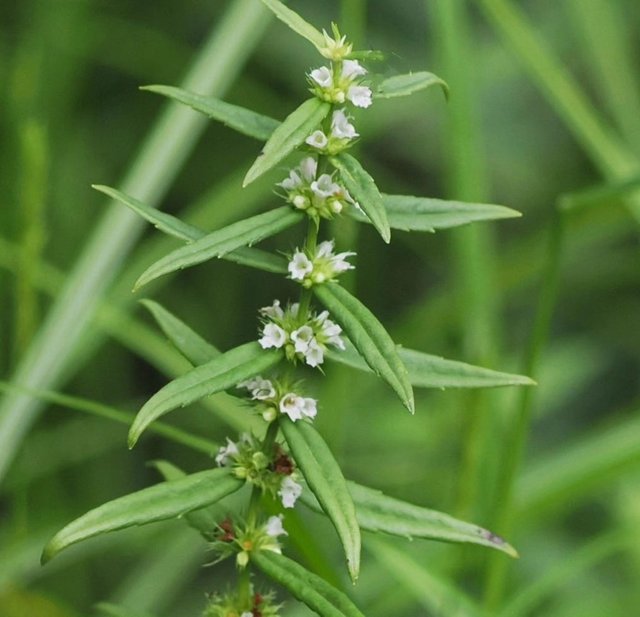Beautiful Colour Wild Quinine Flower
Wild quinine, also known as American feverfew or eastern feverfew, is a hardy, perennial plant native to the central and eastern United States. This species is particularly appreciated for its resilience, unique appearance, and historical significance, making it a plant of interest for gardeners, conservationists, and herbalists alike. This post will delve into its botanical characteristics, ecological significance, historical uses, and contemporary applications.
Botanical Characteristics
Wild quinine is a member of the Asteraceae family, which also includes daisies, sunflowers, and asters. It typically grows between 2 to 4 feet tall and has a robust, upright stature. The plant is distinguished by its coarse, serrated leaves, which can be up to 8 inches long. These leaves are rough to the touch, giving the plant a somewhat rugged appearance.
The flowers of wild quinine are small and white, arranged in dense, flat-topped clusters called corymbs. Each individual flower is about a quarter of an inch across, with a central disc of tubular florets surrounded by five tiny, white ray florets. These blooms appear from early summer to early fall, offering a long period of visual interest in the garden.
Wild quinine’s roots are deep and fibrous, contributing to its drought tolerance and making it an excellent choice for xeriscaping or planting in areas prone to dry conditions. It thrives in full sun to partial shade and is adaptable to a range of soil types, although it prefers well-drained soils.
Ecological Significance
In its native range, wild quinine plays a valuable role in supporting local ecosystems. Its flowers attract a variety of pollinators, including bees, butterflies, and other beneficial insects. The plant's extended blooming period provides a consistent source of nectar and pollen throughout the growing season, which is crucial for pollinator populations.




Thanks For Reading
Device Information
| Device | Redmi Note 10 Pro |
|---|---|
| Lens | 64 mp |
| Location | Bangladesh |

"Wow, what a fascinating plant! 🌿👍 I'm loving the photos you shared and learning about wild quinine's unique characteristics, ecological significance, and historical uses. This post is so engaging and informative, I feel like I've learned something new today 😊! Thanks for sharing your knowledge with us, @MDNASIM00! Would love to hear from others in the community who might have experience growing or learning about this plant. Let's keep the conversation going! 💬👇 And don't forget to vote for our witness xpilar.witness by going to https://steemitwallet.com/~witnesses - your support is what keeps us thriving and contributing to the Steem ecosystem 🙏!"